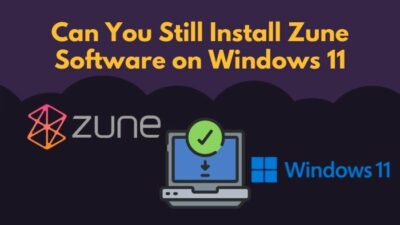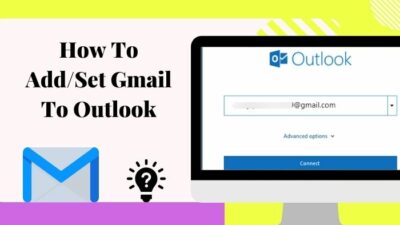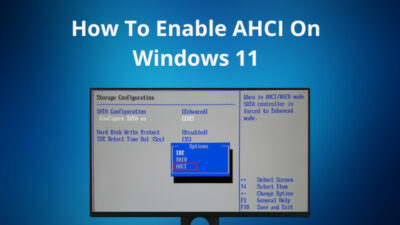Though Chromebook is known for its reliability and easy-to-use functions, like any other operating system, it also can lag or stop working for no visible reason.
And there aren’t many troubleshooting methods that work better than resetting your Chromebook for those issues. However, there are different kinds of reset options available on ChromeOS.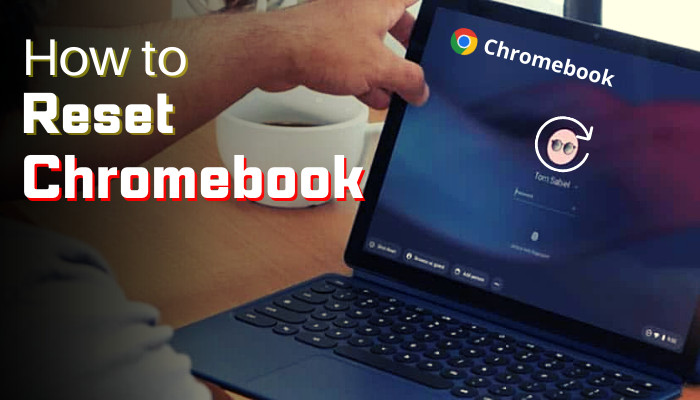
In this post, I’ll show you the steps from factory reset to hard reset, including the difference between these two.
So without further ado, let’s jump in.
How to Hard Reset Your Chromebook
To hard reset any Chromebook, turn off the device and press the Esc, Restart, & Power buttons together for 5+ seconds. Then tap the CTRL+D keys and follow the on-screen instructions. Then wait for the systems to reboot properly.
You can use the same hard reset method for all Chromebook from different manufacturers (e.g., HP, Lenovo, Dell, Asus, etc.). And you don’t need the login credential to apply the steps. Resetting your Chromebook can come in handy when you’re trying to troubleshoot an issue, like Chromebook’s battery not charging.
Chromebook’s hard reset readjusts your system settings and deletes some cache files from your device. However, it doesn’t delete the files on your hard drive. So you do not need to back the files up in other external storage.
Follow these steps to hard-reset any Chromebook:
- Turn off your Chromebook.
- Press and hold the ESC+Restart+Power button for 5 to 7 seconds.
- Tap the CTRL+D key when you see the Insert USB Window.
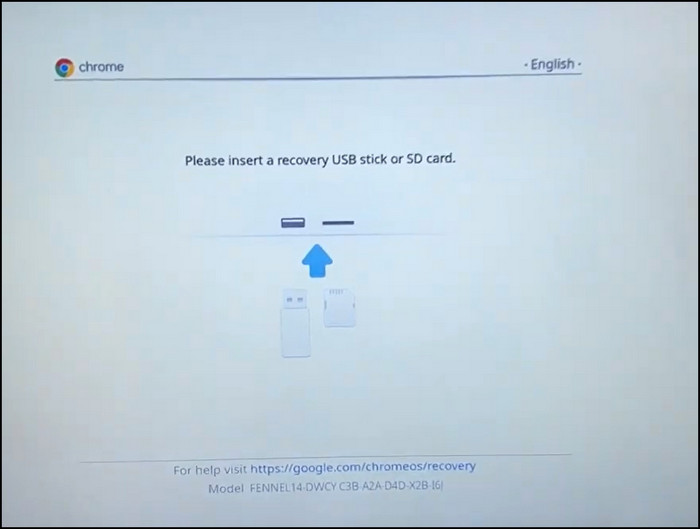
- Press the Enter key to turn off the OS verification.
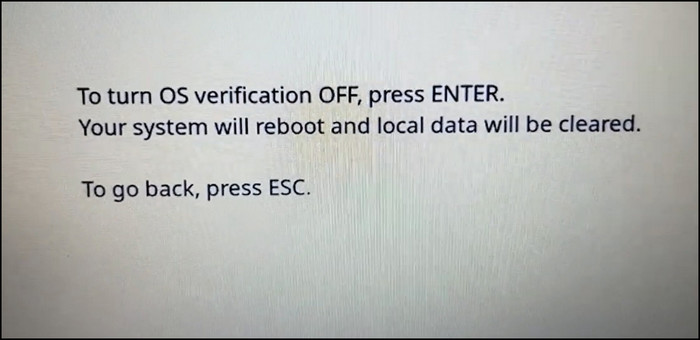
- Tap Spacebar when you see the new Window and wait for the beep sound twice.
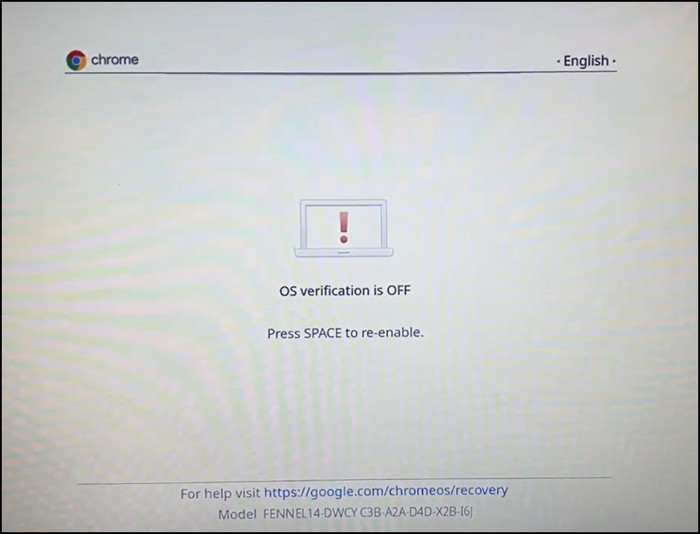
- Press the Spacebar again, then press Enter key.
- Wait for the system to reboot.
After completing the steps, you will see the Chromebook welcome screen. This screen proves you’ve successfully hard reset the device.
Although it’s highly unlikely, follow the embedded article if your Chromebook doesn’t turn on after resetting.
How to Powerwash (Factory-reset) Chromebook
The Powerwash or the Factory-reset option resets your Chromebook to its factory condition. You can use the keyboard shortcut or the device settings to Powerwash the ChromeOS.
However, Powerwash will delete all your settings, apps, user profiles, and files from the hard drive.
So you must use Powerwash as a last resort to solve any problem and back up all the important files to an external or online drive beforehand.
Here are the two methods to Powerwash (Factory-reset) Chromebook:
1. Use Device Settings
- Open your Chromebook Status bar and go to Settings.
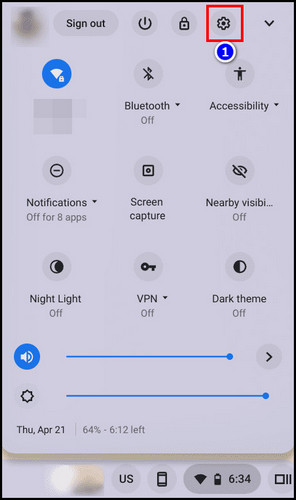
- Navigate to Advanced > Reset settings menu.
- Click the Reset button next to the Powerwash option.
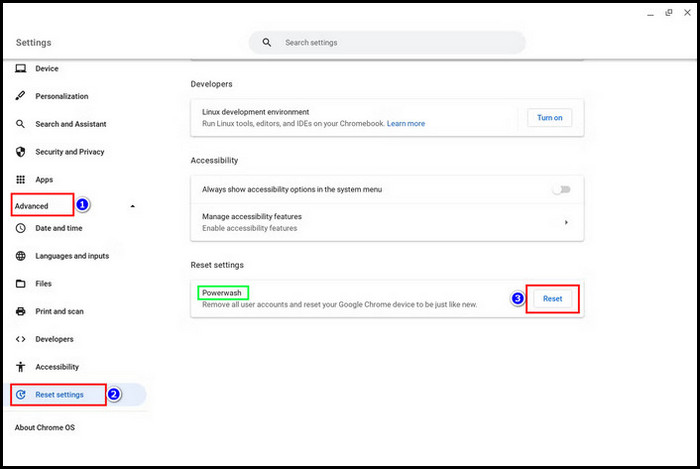
- Tap the Restart button in the popup menu.
- Wait for the process to complete.
After completing the steps, your Chromebook will return to its warehouse condition.
On a side note, check out how to right-click on Chromebook.
2. Use the Keyboard Shortcut
- Restart your Chromebook and navigate to the login screen.
- Press the CTRL+ALT+SHIFT+R keys simultaneously.
- Click the Powerwash option, then press Continue.
After completing the steps, the Chromebook will start to reset. And it will return to its warehouse state when the process is done.
There are situations when you can’t log in to your Chromebook or buy a secondhand device without resetting it. In that case, you must use the keyboard shortcut to reset the machine.
Furthermore, check out our guide if the keyboard on your Chromebook stops working.
Powerwash vs Hard Reset in Chromebook: Understanding the Difference
Powerwash (Factory-reset) and hard reset are two types of reset you can perform on a ChromeOS device. However, these two are very different in nature. Powerwash reset all your settings and reverts the device to its factory condition. But the hard reset readjusts both your hardware and software.
When you perform a Powerwash on your Chromebook, it deletes all your data from the hard drive, including the user settings, apps, profiles, and files. If you didn’t make backups, you can’t recover them.
But you don’t have to worry about major data loss for a hard reset. Because the process just reset the tweaked settings without touching the data.
However, sometimes you may lose some cache files in the Download folder during a hard reset. But it’s rare.
The Powerwash/factory reset option is particularly helpful when transferring your Chromebook ownership, as you do not want your data leaked to others. But for troubleshooting, a hard reset is the best option.
Also, read more on how to inspect on Chromebook.
FAQs
Can I remove the owner of a Chromebook?
Yes, you can remove your owner account from any Chromebook, but you must factory reset that Chrome first. Go to the Powerwash menu to perform a factory reset on your ChromeOS.
Can you factory reset a school Chromebook?
No, you can not factory reset your school or work Chromebook because of organizational restrictions. But you can ask your admin to reset the device remotely.
Can you reset a locked Chromebook?
Yes, you can reset a locked Chromebook from the login screen. But you must remember the keyboard shortcut (CTRL + ALT + SHIFT + R) to apply this method.
Conclusion
Both factory reset and hard reset can quickly solve many challenging issues, such as slow performance, software glitches, and security breaches in Chromebook. But those two have different characteristics and are suitable for different situations.
However, you should make backups before performing any resets on your Chromebook.
After reading this article, I’m sure you know the quickest way to reset your Chromebook. Comment if you face any difficulties during the process. And for everything else, stick with 10Scopes.

